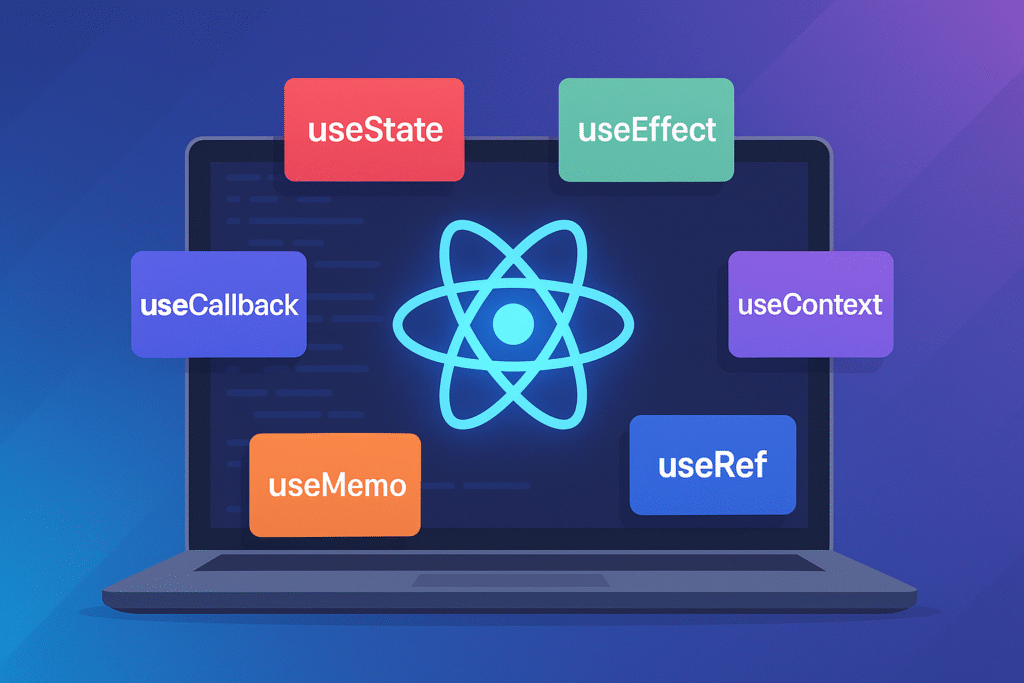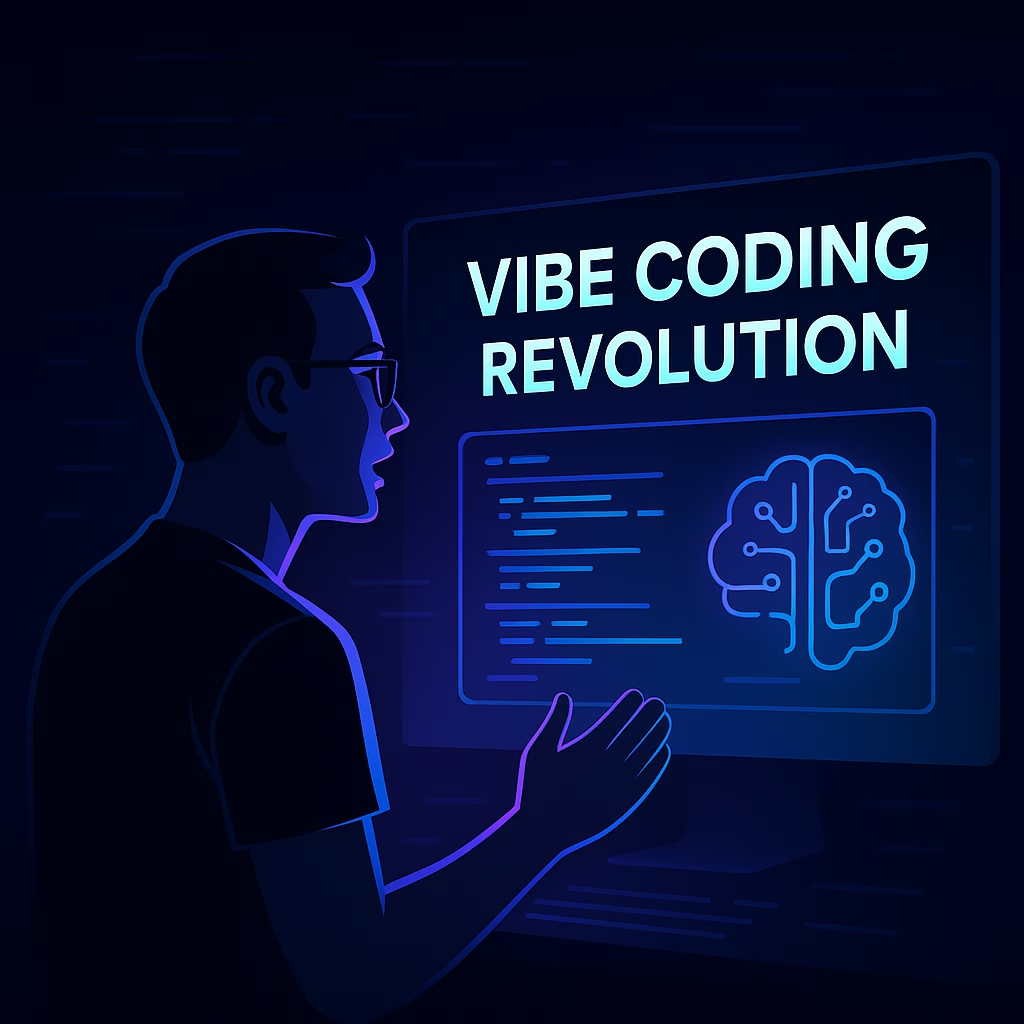Fullstack VS Foolstack
Know the difference before your next hire or career move
In the world of software development, the term “Fullstack Developer” is often seen as a badge of honor, someone who can confidently handle frontend, backend, and sometimes even DevOps, testing, and architecture. But lately, we’re witnessing the rise of what I call the “Foolstack Developer,” a phenomenon worth examining before your next hiring decision or career pivot.
Flexibility
True fullstack developers adapt to different technical challenges with appropriate toolsets and approaches.
Humility
Understanding the limitations of being a generalist and knowing when to defer to specialists.
Depth
Having at least one area of genuine expertise while maintaining competence across the stack.
The Fullstack Developer
Fullstack Traits
- Understands both frontend and backend concepts deeply
- Can build end-to-end solutions from UI to database
- Respects each domain (UI/UX, APIs, infrastructure, testing)
- Collaborates well with specialists in each area
- Continuously learns and stays updated with best practices
- Doesn’t claim to know it all, but knows how to figure it out
A true fullstack developer is like a skilled general practitioner in medicine. They have enough knowledge to diagnose most issues, can handle many situations themselves, but know exactly when to refer to a specialist. They bring immense value through their ability to see the bigger picture while still contributing meaningfully to specific areas.
The Foolstack Developer
Foolstack Warning Signs
- Knows a little bit of everything but nothing in depth
- Disregards the value of deep specialization
- Belittles designers, frontend/backend devs, QA, DevOps, etc.
- Uses buzzwords without understanding their core concepts
- Claims to be “fullstack” but can’t debug or scale a real-world app
- Often creates chaos in team dynamics due to ego
The foolstack developer represents the Dunning-Kruger effect in action: overestimating capabilities while underestimating the complexity of specialized domains. They might impress in interviews with breadth of buzzword knowledge, but struggle when faced with non-trivial challenges that require depth.
Finding the Balance
Being fullstack is a superpower only if paired with humility, continuous learning, and collaboration. Otherwise, you just end up becoming a “foolstack,” sounding smart but lacking the depth to deliver real impact.
The most valuable developers in any organization are those who:
The Balanced Developer
- Recognize and value specialization while maintaining versatility
- Understand the fundamental principles that transcend specific frameworks
- Stay curious and open to learning from those with deeper expertise
- Communicate effectively across different domains and teams
- Build bridges rather than silos between technical specialties
Join the Conversation
Have you worked with a true fullstack developer or encountered a foolstack pretender? What qualities do you value most in technical team members?
Share your experiences in the comments below!


